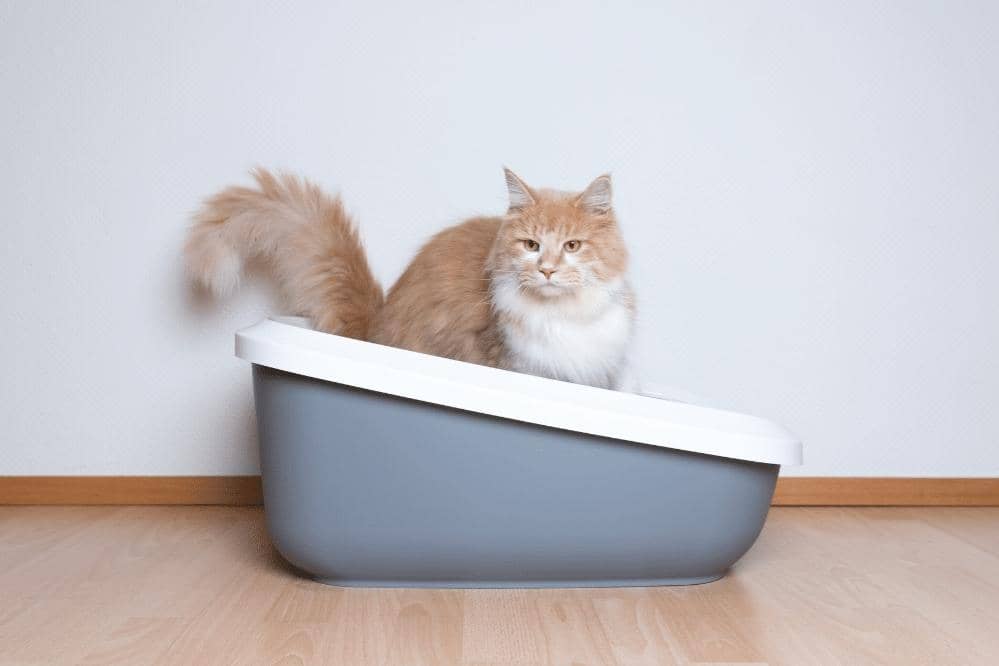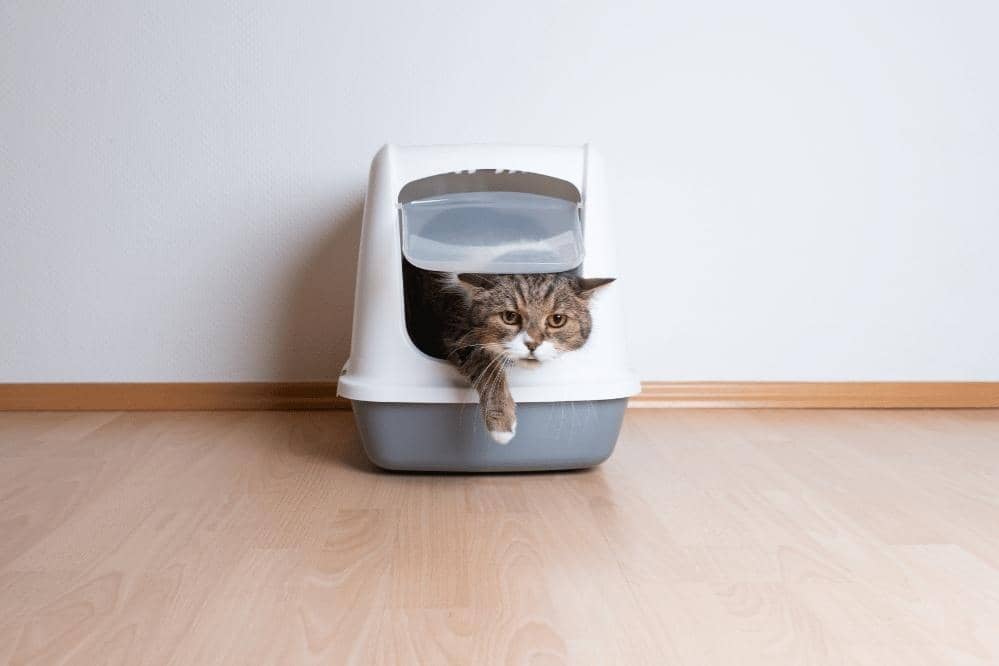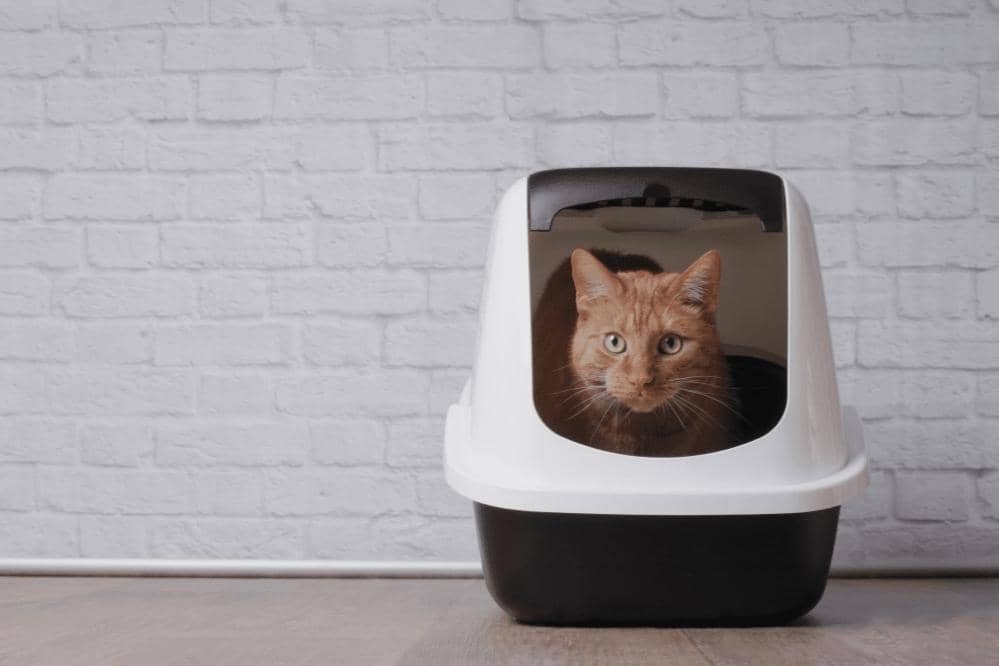How to Introduce a Cat to a New Litter Box?

Whether you are adopting a cat from a shelter and you want to get it used to your home and the way that you do things, or whether you are purchasing a brand-new litter box for a multi-cat household, there is going to come a time in your cat ownership where you find that you are going to have to introduce your cat to a litter box. One might think that using a litter box is second nature to a cat, especially considering that litter boxes are designed to emulate what a cat would do in the wild, but the truth is that some cats need a little bit of help with litter boxes.
Cats who have had a history of using a litter box successfully may only need you to add their droppings from an old litter box into the new one so they can learn that this new box is the place where they should go. Other cats, unfortunately, need a lot more help and guidance in teaching them where they need to relieve themselves. The way you go about introducing a cat to its new litter box is going to depend on the cat’s situation and why it is being introduced to a new box.
Figuring Out What You Will Need
First things first; you are going to need a lot of patience. Some cats will naturally pick up on what they are supposed to do while other cats may need you to physically put them in the box to help them. Cats in special circumstances, such as stray and feral cats, may need a bit more assistance than others.
If your cat has never used a litter box before because it was a wild cat, you may need to take some soil and leaves from where it would deposit its droppings outside and lay that on top of the litter to help it. If your cat is used to litter boxes but for whatever reason is not seeming to get the hang of using what you bought, you may need to take some of its droppings and place them in the box directly.
Aside from those special cases, you are going to need to make sure that you have a litter that your cat likes. If your cat has been using litter boxes before, you can continue using the litter that has worked out well so far. If your cat is new to litter boxes, you may want to opt for purchasing a more pellet-like litter rather than the sand-like ones as this may simulate a better burying experience for the cat. It may take a few tries to find litter that your cat feels comfortable with.
Getting the Cat Used to the Box
Once you have the litter box set up in an area of the house that is highly trafficked by the cat in question, you can begin helping the cat get used to it. You should place the litter box in an area where the cat passes by regularly but the box shouldn’t be close to its food and water. You should try to keep the box away from appliances that could startle the cat by making noise as well as you don’t want to scare your cat away from using its new litter box. If it is possible, you may want to try to put the litter box in an area where the cat has already been eliminating as there’s a good chance that your cat has likely deemed this area to be suitable for elimination.
You should then place no more than two inches of the cat’s litter of choice. For litter-training strays and ferals, you should put a small layer of dirt and leaves over the litter as well. The box should remain uncovered for the first week. This may mean that there is more litter to clean up as your cat investigates and tries to understand what the box is for but it will help the cat overall. The idea of getting into an enclosed space may be a bit intimidating to your cat at first.
At this point, you should let your cat investigate the litter box in its own time. It will likely not use it quite yet but you should look for signs that your cat is interested in the box. Signs of positive interest in the litter box include the cat sniffing and standing in it as well as exploring the general room that the box is in. Cats do this to better remember the location of the box.
If your cat isn’t too keen on investigating it quite yet, you may want to consider picking it up (if it trusts you enough) and placing it inside the box. If the cat immediately jumps out and leaves, try again in some hours so as not to overwhelm the cat and make it associate the litter box with negative feelings.
If your cat seems to be having trouble with this and your cat also trusts you enough to let you carry it, you can consider placing the cat in the box at the approximate times that it would need to eliminate. Of course, you have no way of knowing for sure when your cat will need to go but you can generally assume that about half an hour after its last meal or play session will be a good time. At this time, you can pick your cat up and gently place it in the uncovered box. It may not work but it can help your cat associate the box with what its purpose is.
As time passes and your cat gets more used to the box, there’s a good chance that it will begin eliminating in it. If you notice that your cat has successfully eliminated in the box, then you should praise the cat. It works best if you can praise the cat immediately after elimination but you do not want to accidentally dissuade the cat from using it by watching it often. Cats, much the same as people, enjoy bathroom privacy. As you praise your cat for successfully eliminating, it will feel more and more inclined to use it; before you know it, it will establish a regular routine of using its brand-new litter box.



